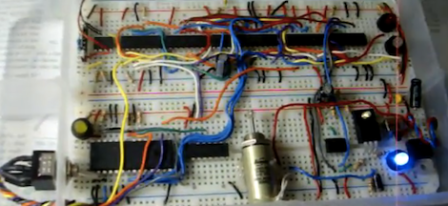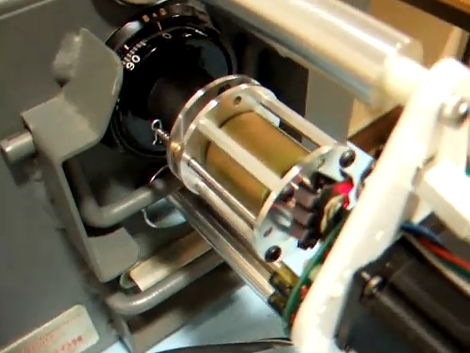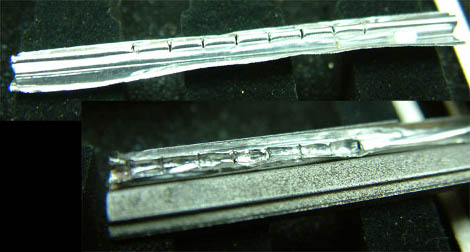
What Maker Faire would be complete without teaching children the joys of jiggling and twisting locks until they’ve opened? Toool, the open organisation of lockpickers made their way to New York this weekend to show off their bumping skills and get the kids interested in manipulating small mechanical devices.
The guys from Toool had a very cool setup – just a bunch of tables and chairs with a few picks and torsion wrenches. There were a few classic Master Locks on the table, but also a series of six tumbler locks each labeled with a number 1 through 6 signifying how many pins were in the lock. The idea is to get someone started on a one-pin lock, and eventually have them work their way up to the full six pins.
In the video after the break, one of the more animated guys from Toool explains why they were there, and also shows off picking a Master Lock twice in under 30 seconds. Seriously, people: educate yourself on locks before buying one.















